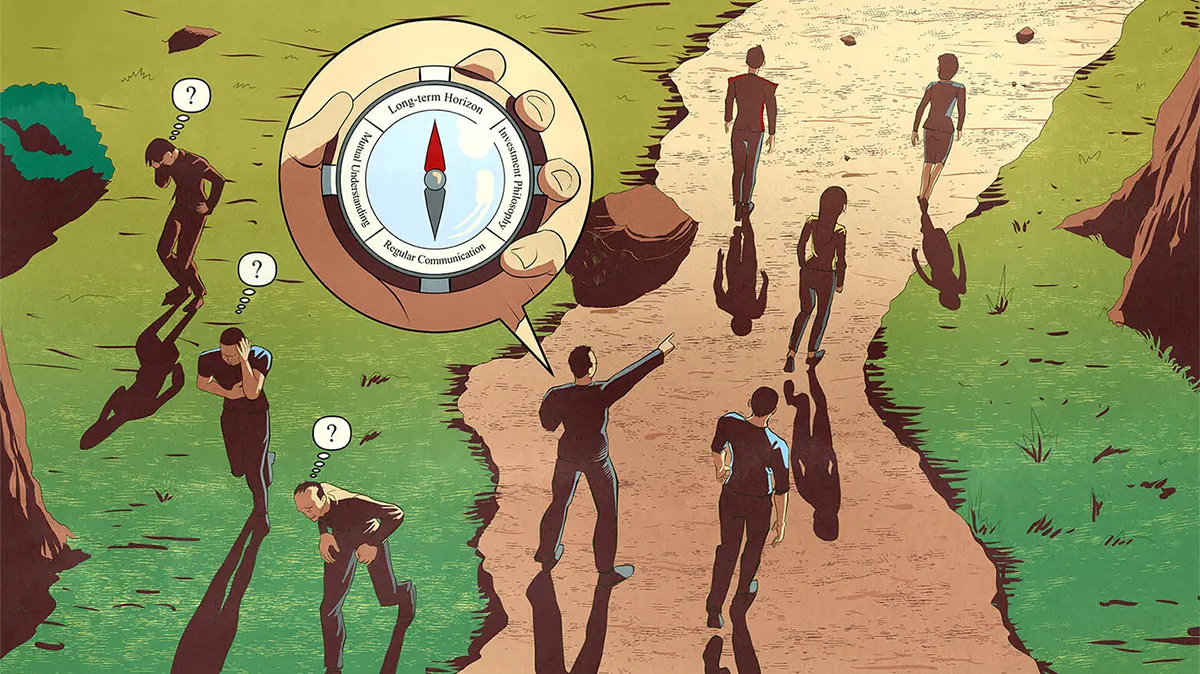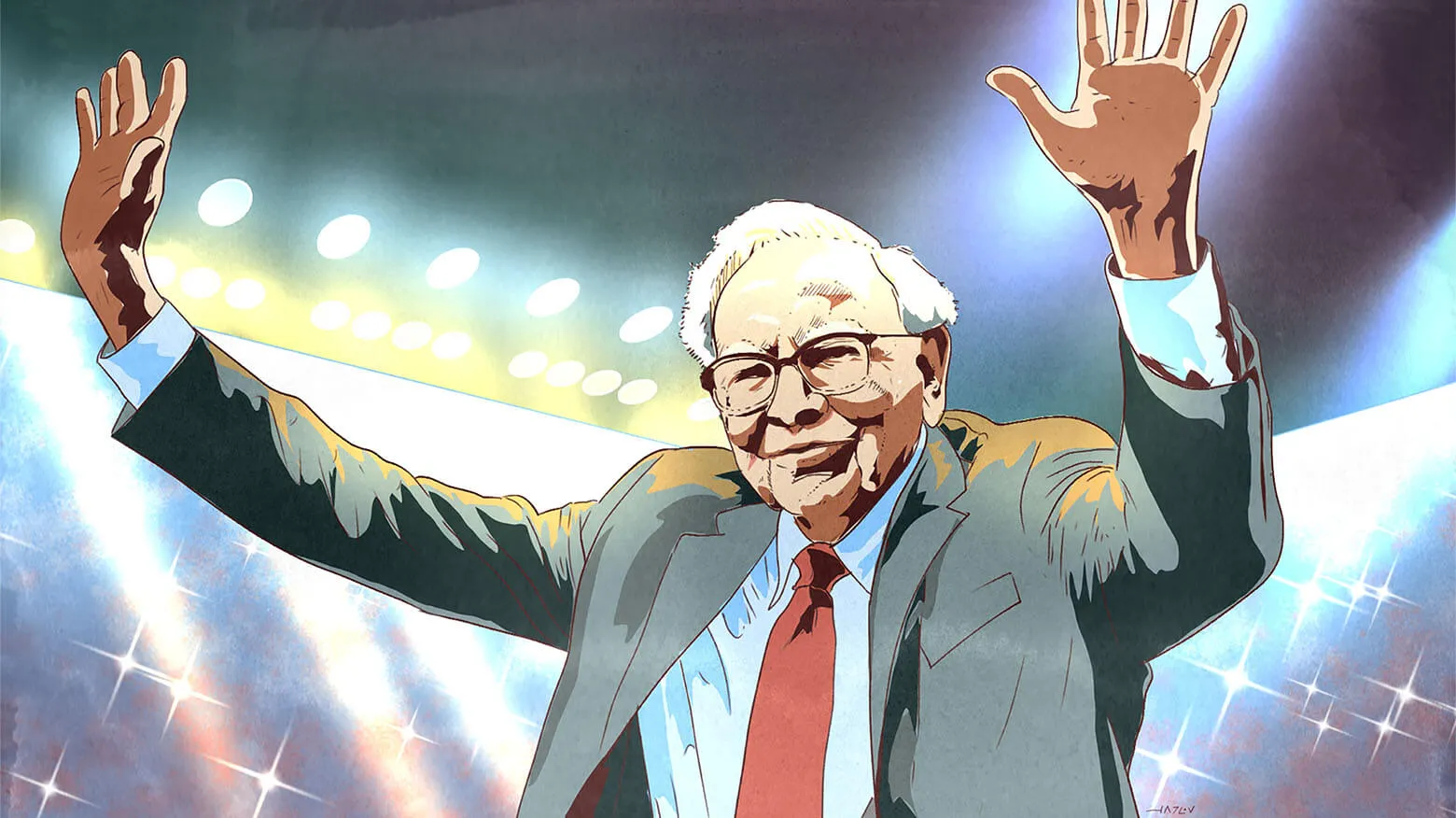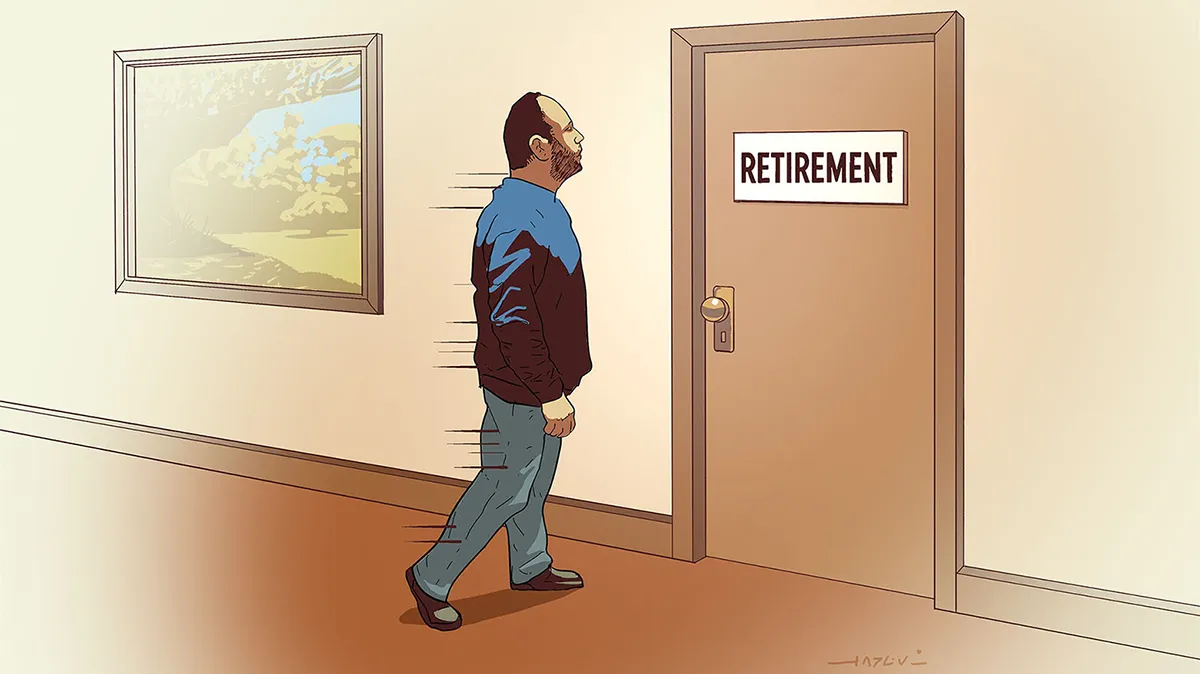June 22, 2016 – Excerpt from Q2 2016 letter to IMA’s clients
To talk about our purchase of Allergan we have to talk about sale of Teva – as you’ll see, they are very interrelated. Our buy thesis on Teva was simple: it’s a dominant generic pharmaceutical company, and a large portion of its profitability comes from a drug, Copaxon, whose patent expired, though Teva was able to replace lost revenue with a new formulation of the same drug. We stress tested different replacement-rate assumptions and felt comfortable with the margin of safety in the stock. This part of the thesis played out as expected.
However, Teva’s management grew impatient and bought a generic pharmaceutical business from Allergan. Teva paid a pretty penny – $40.5 billion for a business that generates about $6 billion of revenue and less than 2 billion of profits – a very expensive deal. We thought the price, in excess of 20x earnings, was very high – especially considering that Teva will have to issue $7 billion of its undervalued shares that have a P/E of 10. But we are even more concerned about the $30-plus billion of borrowing Teva would have to take on to complete the transaction.
Suddenly Teva went from being a high-quality company to a lower-quality one – and we put Teva stock on “double secret probation.” In the second quarter, Teva’s competitors started to report weak pricing on generic drugs. Normally this data point would not cause us to react, but combined with a lot of leverage it was a catalyst for us to sell Teva shares.
This brings us Allergan. Allergan is a byproduct of several mergers, acquisitions, and name changes. Allergan’s modern history started with Watson Pharmaceutical, which in 2013 bought the Swiss pharmaceutical company Actavis, after which it changed its name to Actavis. The same year it also bought the NJ pharmaceutical company Warner Chilcott. Then in 2014, Actavis bought Allergan and changed its name to Allergan. Somewhere through all this activity Allergan ended up being a Dublin, Ireland-domiciled company, which gave it a very low tax rate.
In 2015, Pfizer and Allergan announced a deal whereby Pfizer would do a tax-inversion acquisition of Allergan, which would turn Pfizer into an Irish-domiciled company. In April 2016 the US Treasury rewrote laws that basically blocked this transaction. Okay, we are almost caught up. When the deal fell through, Allergan stock declined from $320 to $220. We started studying the company along with other pharmaceutical firms.
What we found is that CEO Brent Saunders is a very savvy, shareholder-friendly capital allocator. Allegan’s sale of generic business to Teva was further proof of that. Allergan has a good pipeline, and its revenues and earnings are growing in the low to mid-teens.
The earnings estimate for next year is about $17 – we paid roughly 13 times earnings. However, we think this headline number will prove to be too conservative. Sale of the generic business was transformational to Allergan. Its market capitalization (the public value of all its equity) is about $86 billion dollars; therefore, the $40.5 billion they’ll receive from Teva equates to almost half of its market cap (making the company basically debt-free).
Management has already announced that Allergan will be using proceeds from the sale of its generic business to pay down debt and to buy $10 billion of its stock. Fast-forward a year or two and we may discover that we have paid closer to 10 times earnings.









0 comments
0